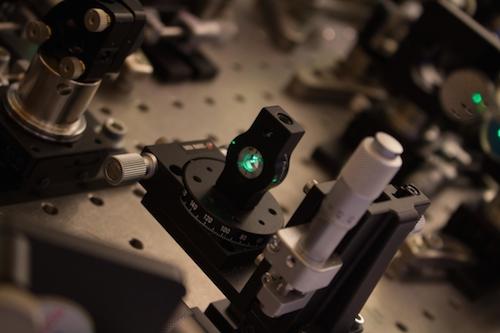A new breakthrough in the measurement of solar energy flow has emerged from Lund University.
For the first time ever, researchers have successfully demonstrated the accurate measurement of solar energy in and between different parts of a photosynthetic organism. Gaining this basic understanding could potentially open doors to the development of solar energy technologies with much higher efficiency levels.
Researchers have known about the photochemical reactions inside organisms for over 80 years, but have not understood exactly how solar energy is transported to the organism.
“Not even the best solar cells that we as humans are capable of producing can be compared to what nature performs in the first stages of energy conversion,” says Donatas Zigmantas, co-author of the study. “That is why new knowledge about photosynthesis will become useful for the development of future solar technologies.”
This from Lund University:
Using ultrafast spectroscopy – a measurement method that uses light to study molecules etc. – they were able to locate the routes along which solar energy is transported. The routes run both within and between the components of a photosynthetic cell. According to the researchers, their discovery demonstrates how the biological machinery is connected.
“We have identified the transport routes as well as the bottlenecks that cause congestion in the photosynthetic energy conversion. In the future, this knowledge can be used within solar cell technology,” says Zigmantas. “However, in the longer term, our results might well provide the basis for the development and manufacturing of systems on a molecular level that collect, store and transport sunlight to the solar cells.”


